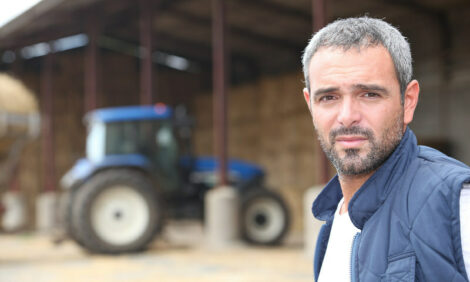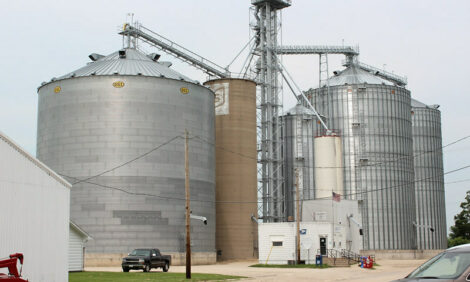



Investment in Research Growing
ANALYSIS - Global investment in agricultural research and development is growing, but some of the poorer developing nations are more vulnerable to volatility of funding than the more developed countries, writes Chris Harris.The new wave of investment in R&D in developing nations follows a long period of decline, according to a report from the Agricultural Science and Technology Indicators group based in Italy.
In a recently published report, ASTI assessed the growth or decline in agricultural R&D spending from the start of the millennium until 2008. This study has shown a $5.6 billion or 22 per cent growth in agricultural research spending from $26 billion to $32 billion - an annual growth rate of 2.4 per cent.
The study shows that the positive outcome of the increase in spending is that that most of it came from the developing nations. However, while these nations were spending more, the bulk of the investment was from middle income developing countries such as Brazil, China and India.
India and China alone account for half of the spending growth.
The middle income countries, that also include Russia, Argentina and Iran, saw their share of agricultural R&D investment rise from 39 per cent to 46 per cent in the period under investigation. However, during the same period, the share of spending from the developed nations fell from 58 per cent to 51 per cent.
In the poorer and less developed countries, investment in research and development in agriculture was more haphazard and the great boom in investment in the larger nations such as China and India masked the negative trends experienced by many smaller, poorer and more technologically challenged countries.
The ASTI report says that these countries are often highly vulnerable to severe volatility in funding and therefore also in spending.
This hinders the growth and success of their research programmes that are often essential to finding answers to challenging environmental and technical agricultural and farming problems.
Often these countries do not have the human resources for successful R&D and also do not have the infrastructure and operational resources to successfully develop, adapt and disseminate science and technology innovations.
The ASTI report shows that as spending on research is growing, it is also becoming more and more reliant on private investment rather than public sector funds.
A growing proportion of this private sector funding for research is coming from the food processing industry. The ASTI study shows that while public sector spending on research and development grew by 22 per cent in the period under scrutiny, private sector investment grew by 26 per cent.
The private sector investment in agricultural and food processing research and development reached $18.2 billion in 2008, with 45 per cent going towards agricultural inputs and 55 per cent to the food processing industry.
Most of the private sector R&D is being carried out by companies in OECD countries, but many of these companies also have experimental stations in developing nations. The report also says that, while there is limited information on the amount of investment from the private sector in developing nations, it is believed to be growing, with private investment in agricultural R&D in China reaching 16 per cent of the total spend.
According to Nienke Beintema, one of the report's authors, China's spending on R&D rose by 50 per cent in the period under investigation but Brazil has one of the most sophisticated research organisation systems and has an ever increasing investment in the area.
"However, more attention needs to be given to the poorest countries as they have a low, stagnating or declining investment," she said.









